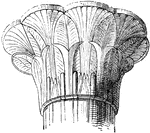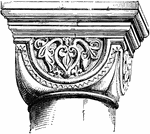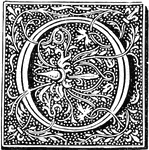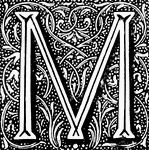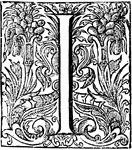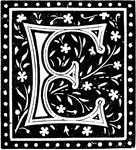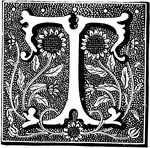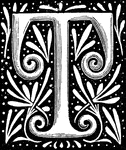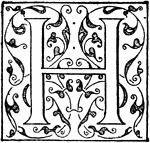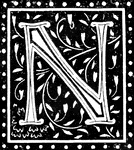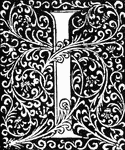
Harrison's Landing
"Harrison's Landing, James River, Va. The commissariat depot and base of operations of General McClellan…

Paris
"Paris, capital of Bourbon County, situated on Stoner Creek, Ky., occupied by Morgan's Guerrillas in…

Confederate Invasion
"The Confederate invasion of Maryland and Pennsylvania. The Confederate cavalry crossing the Potomac,…
Culpepper Courthouse
"Culpepper Courthouse, or Fairfax, capital of Culpepper County, Va. This pretty little place, more frequently…

Belle Isle
"View of Richmond, Va., from the prison camp at Belle Isle, James River. Belle Island is situated in…
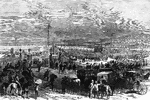
Antietam National Cemetary
"The dedication of the Antietam National Cemetary, at Sharpsburg, Md., on Tuesday, September 17th, 1867.…
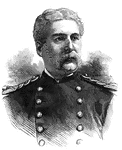
General Edward Hatch
"General Hatch, born in Bangor, Me., December 22nd, 1832. In April, 1861, he was a member of the District…
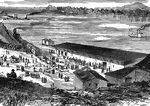
Jefferson City Railroad Depot
"Jefferson City, capital of Missouri. The arrival of General Fremont's division, September 26th, 1861.…

Jefferson City Capitol Building
"Jefferson City, capital of Missouri. The arrival of General Fremont's division, September 26th, 1861.…
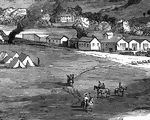
Village of Clarksburg
"Village of Clarksburg, Western Virginia, headquarters of General Rosecrans. Clarksburg, a post village,…
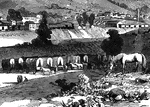
Village of Clarksburg
"Village of Clarksburg, Western Virginia, headquarters of General Rosecrans. Clarksburg, a post village,…
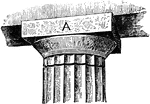
Abacus
"In architecture the slab or plinth which forms the upper member of the capital of a column or pillar,…

Miltiades
"The chief credit of the battle of Marathon belongs to Miltiades. But for his courage, the Athenians…

Grecian Doric Capital
"The Doric Order is, in architecture, the second of the five orders, being that between the Tuscan and…
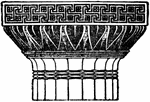
Grecian Doric Capital
"The Doric Order is, in architecture, the second of the five orders, being that between the Tuscan and…

Grecian Doric Capital
"The Doric Order is, in architecture, the second of the five orders, being that between the Tuscan and…
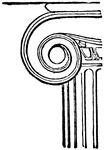
Volute of the Ionic Capital
"A kind of spiral scroll used in Ionic, Corinthian, and Composite capitals, of which it is a principal…

Volute of the Corinthian Capital
"A kind of spiral scroll used in Ionic, Corinthian, and Composite capitals, of which it is a principal…
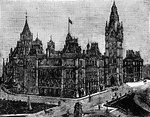
Ottawa Main Parliament Building
"Ottawa is a city, county seat of Carleton co., Ontario, and capital of the Dominion of Canada; at the…

Alcaeus
"Besides Sappho, her friend, perhaps lover, Alcaeus is almost the sole representative of the Aeolic…

Byzantine court
"Constantine, the first Christian emperor, removed the capital of the world-empire from Rome to Byzantium,…
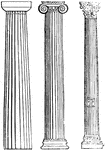
Columna
"A pillar or column. The use of the trunks of trees placed upright for supporting buildings, unquestionably…
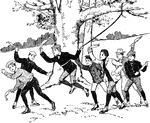
Sling the Monkey
"Sling the Monkey is a capital game, and can be played anywhere where there are trees. One player who…

Haroun Al Rascid
"No reader of the 'Thousand and One Nights' can have forgotten Haroun Al Rascid, the caliiph of Bagdad,…
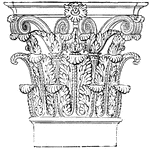
Roman-Corinthian Capital
"The favorite order was the richly-decorated Corinthian, the beauty of which the Romans strove to increase…
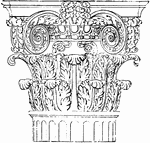
Composite capital
"The Composite or Roman order was the outcome of the attempt to improve the Corinthian, of which it…
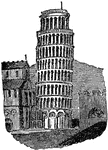
Pisa
A city in Italy, capital of a province of the same name, on the Arno River, forty-four miles west of…
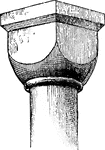
Cushion Capital
A capital of such form as to appear like a cushion pressed upon by the weight of the entablature.

Richmond State Capitol
This illustration shows the capital building for the state of Virginia. It can be found in the city…

Cairo
The capital city of Egypt. It is located on the banks and islands of the Nile River in the north of…





